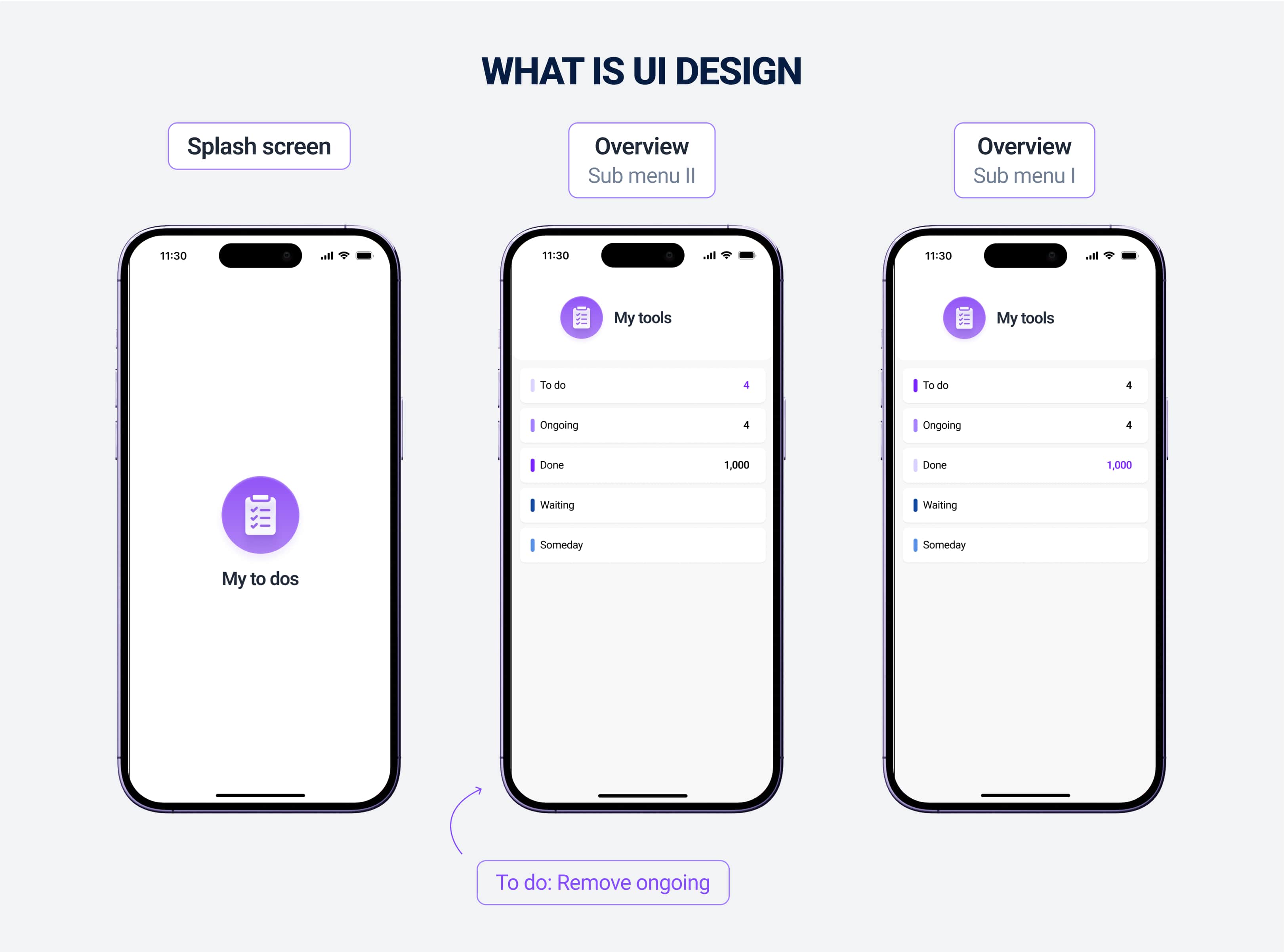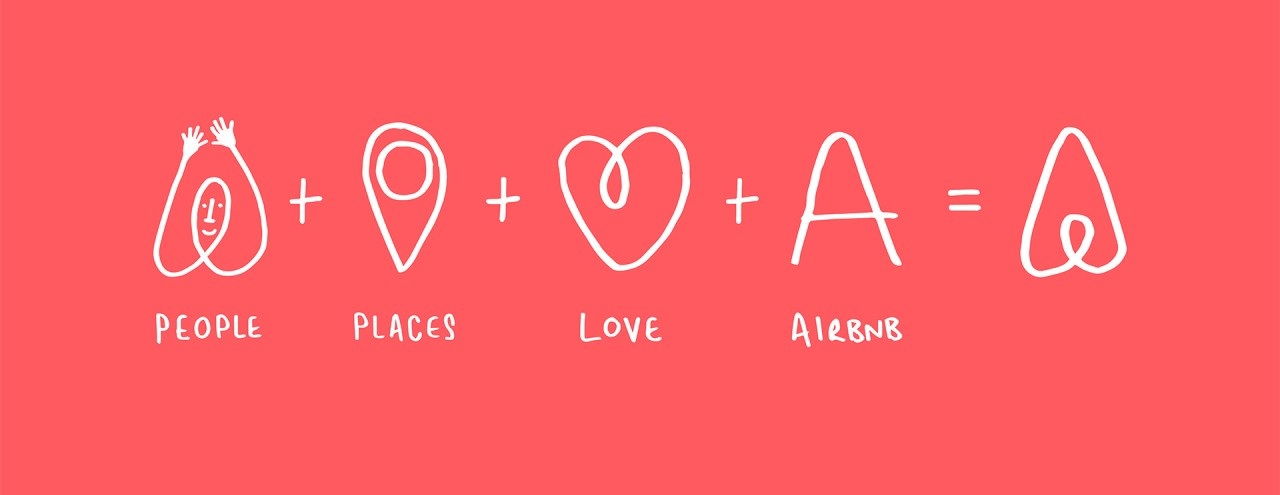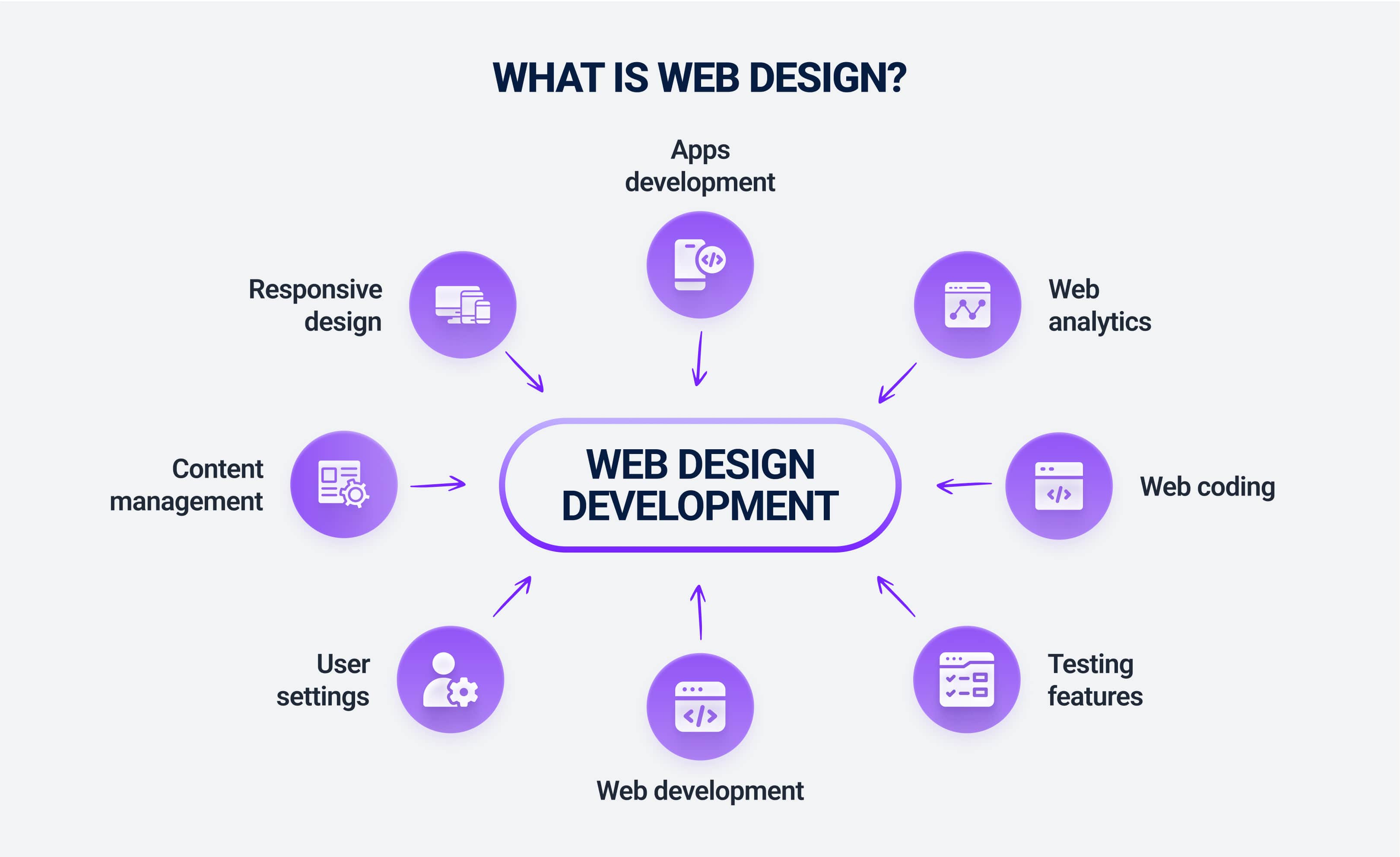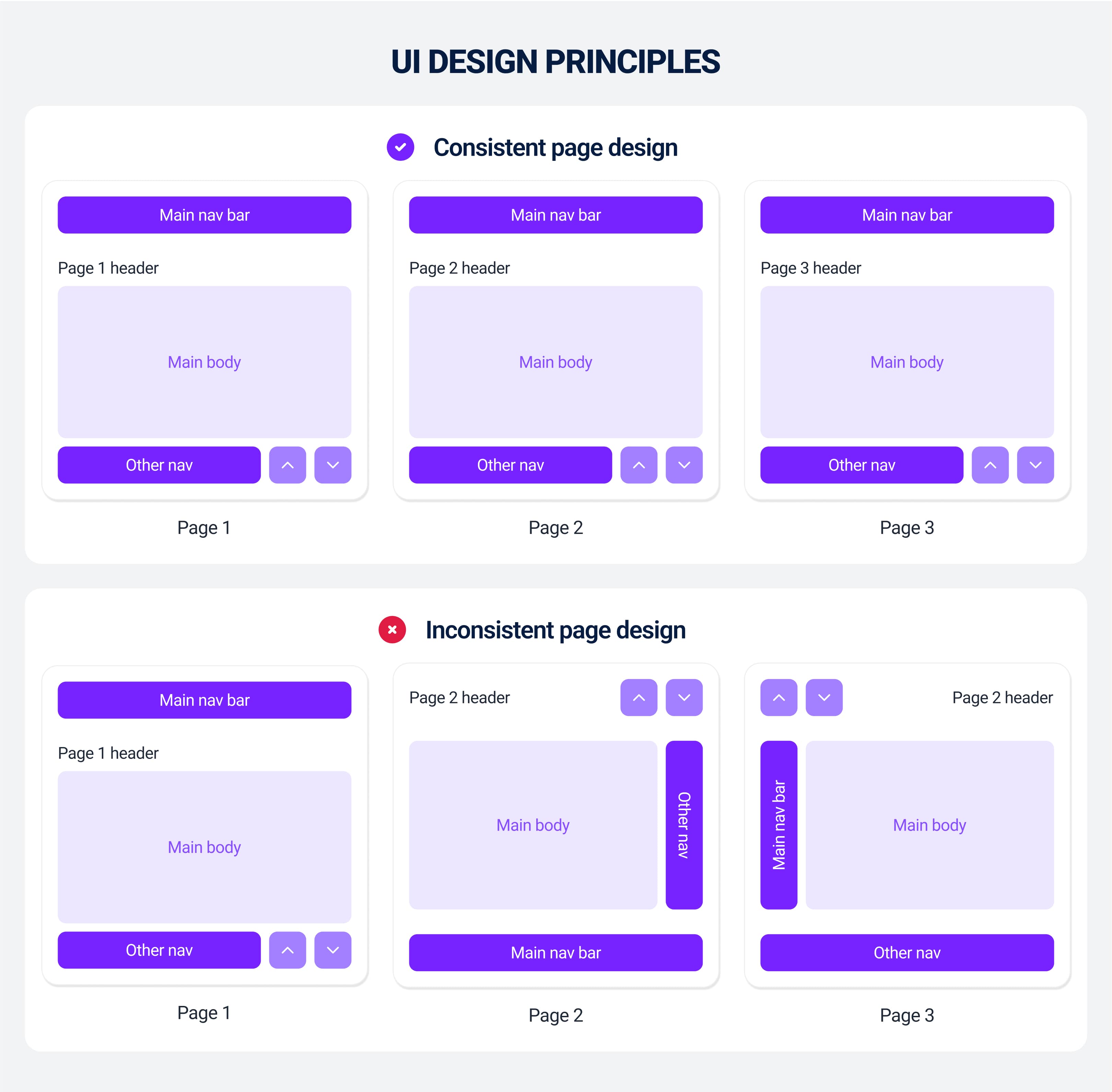You know you need something that looks good, but who exactly do you hire? A graphic designer? A web designer? Someone who’s able to do it all?
Today we’ll explore the web design vs graphic design debate. We’ll look at:
- Their tools
- Their goals
- Their mindset
- How to know which one you need to bring your vision to life
By the end, you’ll have a clear understanding of how web designers and graphic designers differ, and more importantly, which one is the right fit for your project.
- Why Graphic Design and Web Design Are Often Confused
- What Is Graphic Design? A Closer Look
- What Is Web Design? A Function-First Discipline
- Graphic Design vs. Web Design: The 5 Key Differences
- Is Coding Knowledge Required in Both?
- Skillsets That Define Each Role
- Which One Do You Need for Your Project?
- Final Takeaways
Why Graphic Design and Web Design Are Often Confused
The mix-up is genuinely understandable, and it usually boils down to a few key areas of overlap that have only grown as businesses have become more digital.
Both Work With Visual Content, but Serve Different Needs
The main way these two fields are similar is that they’re both “visual problem-solvers”. They’re both ultimately trying to create something that’s both effective and nice to look at, primarily through:
- Color
- Typography
- Layout
- Imagery
They’re both all about aesthetics.
If you’re looking for a “visual expert,” it’s not immediately evident how there’s a distinction between a static billboard and an interactive webpage. It’s how they go about achieving that “good look” and for what purpose that’s different.
Shared Tools Lead to Blurred Lines
Adobe’s Creative Suite is generally where most designers spend the majority of their time, which is true regardless of their specialty.
A graphic designer might live in Adobe Illustrator and Photoshop, but a web designer would usually use these same tools for asset creation before heading off to somewhere like Figma or Sketch.
But they might both list ”Photoshop” on their resume, which makes them seem interchangeable to a non-designer. The main difference is that the graphic designer could be using it to perfect an image for a magazine ad, whereas the web designer is using it to export web assets that load quickly.
Overlapping Terminology in Job Titles
If you’re trying to hire one of these designers, you’ll undoubtedly have seen titles like “Visual Designer” or “Digital Designer.”
These roles are more of a bridge between graphic and web design, rather than entirely distinct roles. You’d need skills from both disciplines to be classed as a “Visual Designer.”
A UI (User Interface) designer, for example, is someone who focuses on how all the buttons and screens on an app feel and look when you’re actually using the final product.
This is close to web design, except it borrows heavily from those graphic design principles we mentioned earlier of color and typography. This makes it harder for business owners to pinpoint exactly who they need to hire.

Misunderstanding Can Delay Projects or Hurt Results
Hiring the wrong professional can lead to significant delays and disappointing outcomes. Say you worked at a startup that hired a brilliant print designer to create your mobile app interface.
The static mockups might be stunning, but now have a go at making those designs interactive and you’ll see how quickly things fall apart.
The designer won’t consider things like button states (what happens when you hover over it or press it) or how the layout should adapt to smaller phones. Your development team now has a set of beautiful JPEGs, but they’re useless for your purpose.
You’ve now got to re-interpret the entire design, which leads to a final product that looks nothing like the original vision you fell in love with. And this costs your company weeks of time and thousands of dollars.
What Is Graphic Design? A Closer Look
Graphic designers primarily want to communicate a message or feeling through visuals that are, for the most part, static:
Visual Storytelling for Static Formats
Graphic design is all about creating a single, cohesive visual statement. And it’s a medium that’s usually fixed, from business cards to PDF files. The designer has complete control over the layout because it won’t change (that’s also why hiring a graphic designer to design visuals that you plan on using for UI is an issue).
Their focus is on pure communication. How can they use typography and imagery to make someone feel a certain way about a brand or instantly absorb information? It’s optimized for impact, not interaction. You look at it, you get it.
It’s purely artwork, but it’s also got roots in psychology. Color actually increases brand recognition by up to 80%. The first brand you associate red or yellow with is undoubtedly going to be Coca-Cola and McDonald’s.
Where Graphic Design Shows Up in Business
Graphic design is the backbone of any company’s visual presence. You see those Golden Arches from a mile off and you know what it is.
- Brand Identity: Graphic designers create logos and select fonts that define a company’s entire look and feel. Everything else comes after; the strong brand identity is the first thing you want to nail down.
- Marketing & Advertising: This includes everything from billboards and magazine ads to social media graphics and email newsletters.
- Product Packaging: The box your new phone came in? It’s been designed in a way that stands out.
- Publications: Magazines and annual reports all rely on graphic designers to make otherwise dense and monotonous information readable and visually engaging.
Case Study: The Airbnb Rebrand
Airbnb used to have this generic bubbly blue logo before 2014, but they went through a rebrand that’s now got a symbol meant to represent:
- People
- Places
- Love
- The “A” for Airbnb
Those core tenets sum up Airbnb, so they found a way to convey all those aspects in just one, concise design.

Tools of the Trade
Every tool that graphic designers use is something that helps them create graphics. That could be for both print and digital display:
- Adobe Illustrator: The industry standard when it comes to vector graphics. It’s perfect if you need to make a quick logo or illustration that needs to be scaled to any size without losing quality.
- Adobe Photoshop: The most famous one here that even people well outside of the design space know about. You use it for editing and manipulating photos, but it’s also great for creating raster-based graphics for web banners or social media posts.
- Adobe InDesign: Similar to Photoshop, but it’s less about manipulating photos and more for creating multi-page layouts like magazines and eBooks (basically anything where typography and page structure are important).
- Canva: The most accessible one to use for beginners. It’s browser-based, and you see it used when people create social media content or presentations quickly. The USP is its simplicity.
Core Deliverables
You’ll end up with a set of files when you work with a graphic designer. The project isn’t “done” until you have the final assets. These are typically file formats like:
- .AI (the original, editable Illustrator file)
- .PDF (for printing or sharing documents)
- .EPS (another vector format)
- .JPG (for photos)
- .PNG (for graphics with transparent backgrounds, like logos)
Who Graphic Designers Typically Work With
Graphic designers usually collaborate closely with:
- Marketing managers
- Brand strategists
- Creative directors
- Copywriters
- Business owners
The graphic designers are left to create the final product on their own, but before that, they’re speaking to these people about things like brand message and target. They are key players in the marketing and branding departments.
What Is Web Design? A Function-First Discipline
Web design is about things like interaction and experience. Unlike a graphic designer, a web designer’s work is never actually static. It is meant to be used, not just looked at.

Design Built for Screens and User Flow
Web designers must consider how their designs will look and function on a massive desktop monitor or a tiny smartphone screen. This is responsive design, and it’s a fundamental part of the job.
Their primary goal is to create a user journey that is intuitive and enjoyable. It’s to guide the user towards a specific goal, which could either be making a purchase or finding information.
Core Responsibilities
Rather than how visually striking it looks and how it reflects the brand’s ethos, a web designer’s day-to-day tasks are focused on things like structure and usability.
- Wireframing: This involves creating low-fidelity, blueprint-like layouts that map out the structure and functionality of a website. This involves getting the hierarchy right before any kind of visual design is actually applied.
- Prototyping: Building interactive mockups that simulate how the final website might work. This allows you to test how it looks for a user before a single line of code is written, which saves massive amounts of time and money.
- UI Design (User Interface): This is where they design some of the visual elements the user interacts with, including everything from buttons and forms to menus. It is where those graphic design principles we mentioned before are applied in an interactive context.

- Considering UX (User Experience): A good web designer constantly thinks about the user’s experience. Is the site easy to navigate? Does it load quickly? Is it accessible to people with disabilities?
A well-designed UI can raise a website’s conversion rate by up to 200%, and a better UX design could give you conversion rates of up to 400%. (Yes, a lot!)

Tools for Web Design
These are some of the most major differences between graphic designers and web designers, as they’re rarely using any of the same tools.
Graphic designers focus on Adobe products, whereas web design tools are built for creating interactive, screen-based layouts that can be easily shared with developers:
- Figma: The gold standard. It’s a browser-based tool that lets designers make wireframes and interactive prototypes all in one place. And the fact that you can collaborate on it in real-time is another major plus.
- Sketch: Previously the most popular one (it’s also macOS exclusive) before Figma started getting more popular. Pretty similar service, and it’s still widely used in many organizations.
- Adobe XD: This is Adobe’s direct competitor to Figma and Sketch. There are similar vector design and prototyping capabilities with this one. And possibly the biggest benefit is how it slots in nicely with other Adobe products (like how people often buy multiple Apple products because of the integration capacity).
- Webflow: A powerful no-code platform that allows designers to build fully functional, responsive websites visually. This is a revolutionary tool, since it blurs the line between design and development and gives you way more control over the final product.
Deliverables in a Web Design Project
A web design project doesn’t end with a .JPG file like graphic design does because the deliverables are a lot more complex and process-oriented.
So what do they actually include?
- Interactive prototypes (a clickable model of the website)
- Detailed style guides for developers (specifying fonts, colors, spacing, component behavior)
- A full set of design files organized for the development team to build from
Teams Web Designers Work With
Web designers usually work closely with product or development teams, including:
- UX researchers
- Front-end and back-end developers
- Product managers
- SEO specialists
- Content strategists
That’s why tools like Figma are so important for web designers, as that’s a platform that’s made for collaborations.
WE ARE A REVENUE-GENERATING UI/UX & WEB DESIGN AGENCY
Your website is your first impression. With functional design, clean code, and seamless UX, we build high-converting websites.
Let's talk - Schedule a call with our expert team today to see how we can help!
Graphic Design vs. Web Design: The 5 Key Differences
Let’s put these designers side-by-side to compare the differences:
#1 Output and Purpose
The most significant difference is the final product. A graphic designer creates a finished visual asset for branding or advertising. So that means its purpose is to be seen and to communicate a message.
A web designer, on the other hand, is more after an interactive experience. In essence, the purpose is for it to be used and to be a functional tool. One is art with a purpose, the other is a purposeful machine.
#2 Static vs Responsive Thinking
A graphic designer always works on a fixed canvas. A poster is always A3 size, and a business card is always 3.5 x 2 inches. So, all the elements they work with have to be arranged perfectly for that one format.
But web designers aren’t designing one layout; they’re designing a system of rules that allows the layout to work with any screen size. They’ve got to ask things like “What happens to these three columns on a phone? Do they stack? Does the text size change?” It’s a fundamentally different way of thinking about composition.
#3 Technical Requirements
Graphic design is almost entirely software-based. As long as you master the design tools, you’re basically set.
But with web design, there are a lot more technical constraints to consider, such as:
- Browser capabilities
- Page load speed
- The basics of how the web works
It doesn’t matter if you’ve spent time making a beautiful design; if it takes 10 seconds to load, that’s a failed design. The majority of people aren’t even going to bother checking out your site if it takes longer than three seconds to load.
#4 User Intent
Graphic designers want to grab your attention and get whatever message across as quickly as possible. Think of how many times you’ve been scrolling through Instagram or whatever social media and an ad pops up. You probably spend no more than literally one second deciding whether it’s striking/interesting enough to watch or if you’re just going to scroll right past it.
So the design needs to be bold and impactful. That’s not your priority as a web designer because you just want to guide the user’s actions once they’ve already arrived. They’re using things like negative space and clear calls to action to take you from the headline to the “Buy Now” button.
#5 Collaboration and Workflow
Graphic designers are usually independent or in a small agency team at most. Then they send the finished concept to a client where it can be approved or edited further. It’s generally a quite a linear workflow:
- Brief
- Concepts
- Revisions
- Final files
Web designers have a more iterative and collaborative loop because they work in sprints where they constantly get feedback from developers and users. This means they need to refine their designs. So their work is actually never really “done” because it’s always being tested and improved.
Is Coding Knowledge Required in Both?
For a graphic designer, the answer is a clear no. Coding is completely outside the scope of their work.
The answer is more nuanced for web designers because while it’s not absolutely necessary, it is pretty beneficial (particularly understanding some of the fundamentals of HTML and CSS).
It means they’ve got a better chance to:
- Design things that are practical to build
- Communicate more effectively with developers
- Create more realistic designs
Skillsets That Define Each Role
There’s overlap in how they’re both fundamentally creative roles, but some of the specific and marketable skills for each role are way different from each other:
Skills Unique to Graphic Designers
- Print Design & Production: You need deep knowledge into things like color spaces (CMYK vs. RGB) and preparing files for printers.
- Typography Mastery: Need almost an academic understanding of different letterforms and typographic hierarchy for static media.
- Brand Strategy: You should be able to translate a company’s mission and values into a proper visual identity that will work across a few different mediums.
- Illustration & Image Manipulation: Great skills in creating original illustrations or editing photography.
Skills Specific to Web Designers
- Wireframing & Prototyping: You need to be able to map out user flows and create interactive models of a site. This involves using tools like Figma or Adobe XD.
- Responsive & Adaptive Design: Be able to make flexible layouts that work across a vast range of devices and screen sizes.
- User Experience (UX) Principles: Understanding things like user psychology and accessibility standards (WCAG).
- Basic HTML/CSS Understanding: Not 100% necessary, but it helps to have some degree of coding skills.
Shared Skills Across Both
The main thing both of these designers need to have in common is a proper grasp of the following:
- Visual Hierarchy: Guiding your attention to the most important elements first.
- Color Theory: Understanding how colors create mood and affect usability.
- Layout & Composition: Arranging elements in a balanced and aesthetically sound way.
- Communication & Problem-Solving: Being able to articulate design decisions and use visuals to solve a business problem.
Let’s make this comparison as clear as possible:
| Skill Area | Graphic Designer Focus | Web Designer Focus |
|---|---|---|
| Primary Medium | Print, Static Digital (PDFs, Social Graphics) | Interactive Screens (Websites, Web Apps) |
| Composition | Fixed Layout | Responsive, Fluid Grids |
| Typography | Expressive, for readability and brand tone | Systematic, for legibility and UI scalability |
| Color | CMYK for print, RGB for screen brand use | RGB/Hex codes, focused on accessibility and UI states |
| User Interaction | Core focus (clicks, scrolls, forms, navigation) | N/A (passive viewing) |
| Technical Knowledge | Print production processes | HTML, CSS, browser performance, accessibility |
What Sets Experts Apart in Each Field
Good graphic designers know they’re aiming for iconic brand identity rather than just pretty pictures. Like with McDonald’s Golden Arches and the Coca-Cola script, their logos are so powerful that they transcend any marketing campaign. All McDonald’s has to do is post their logo, and your mind does the rest of the work.
The process is different for web designers, but similarly, they’re aiming to create more than just a good-looking website; they have to make a digital experience that drives business results.
That means obsessing over stuff like:
- Micro-interactions
- Loading times
- Conversion funnels
- How to turn a website into a high-performing business tool (that feels effortless to the user)
Which One Do You Need for Your Project?
First you need to figure out what the primary goal of your project is.
Graphic Design Use Cases
Hire a graphic designer when your primary need is a static visual asset to communicate your brand message.
- “We need a new logo and business cards for our launch.”
- “I need a set of branded templates for our Instagram and LinkedIn posts.”
- “I need a beautiful PDF brochure to send to potential investors.”
- “Our trade show booth needs new banners and signage.”
Web Design Use Cases
If you need an interactive digital product that people are going to navigate and use, you’d be better off with a web designer.
- “We need to build a new marketing website from scratch.”
- “Our current website is outdated and not mobile-friendly, we’re losing customers.”
- “We need to improve the user journey on our e-commerce site to increase sales.”
- “We’re developing a SaaS web application and need the interface designed.”
When You Might Need Both
Depending on the size of the project you’re working on, there’s a chance you’re going to require both skill sets. And that’s often in a specific, sequential order. A new company launch is a perfect example.
- First, you hire a graphic designer so you can establish things like your core brand identity: the logo, color palette, typography, etc. This is the foundation.
- Then, you bring in a web designer. They take that established brand identity and translate it into a functional and user-friendly website. They adapt the static brand guide for a more dynamic medium.
Hybrid Designers Exist, But There Are Limits
Certain professionals are skilled in both, and they usually go by the titles of “Product Designers” or “UI/UX Designers.” These people can be incredibly valuable as a single point of contact for a startup or small business.
That said, it’s worth keeping in mind just how deep and complex each field really is. So a designer who is a true master of print production may not be an expert in front-end accessibility.
Similarly, someone who excels at complex web app prototyping might not be the best choice for creating a multi-generational brand logo. Generally speaking, we’d recommend just hiring two experts in each respective field rather than settling on someone who can do a bit of both.
| If your primary goal is to… | You most likely need a… |
|---|---|
| Create a new company logo and brand style guide. | Graphic Designer |
| Build a new, responsive e-commerce website. | Web Designer |
| Design a brochure or a trade show banner. | Graphic Designer |
| Redesign your existing website so it’s more user-friendly. | Web Designer |
| Create a set of social media graphic templates. | Graphic Designer |
| Design the user interface for a new web application. | Web Designer |
| Launch a new company (and need both branding & a site). | Graphic Designer first, then a Web Designer. |
Final Takeaways
The distinction between the two is simple when you boil it down. Graphic Design is about communication. It uses static visuals to tell a story and build a brand. Web Design is about interaction. It uses dynamic layouts and user-centric principles to create a functional, intuitive digital experience.
Frequently Asked Questions
Are Web Designers Responsible for User Experience (UX)?
Yes, web designers are a major part of what makes a user have a good experience on your site. They’re the ones who design the interface (UI), which is what users see and interact with. This is also a major part of the overall UX.
But UX is a slightly broader field that also includes in-depth user research and content strategy, so this might be handled by a dedicated UX researcher or strategist on larger teams.
Does Graphic Design Focus More on Branding Than Functionality?
Absolutely. The primary purpose of graphic design is to visually represent and communicate a brand’s identity and values. A design needs to be “functional” in that it’s clear and legible, but the main goal is aesthetic and communicative impact, not interactive functionality like a website.

